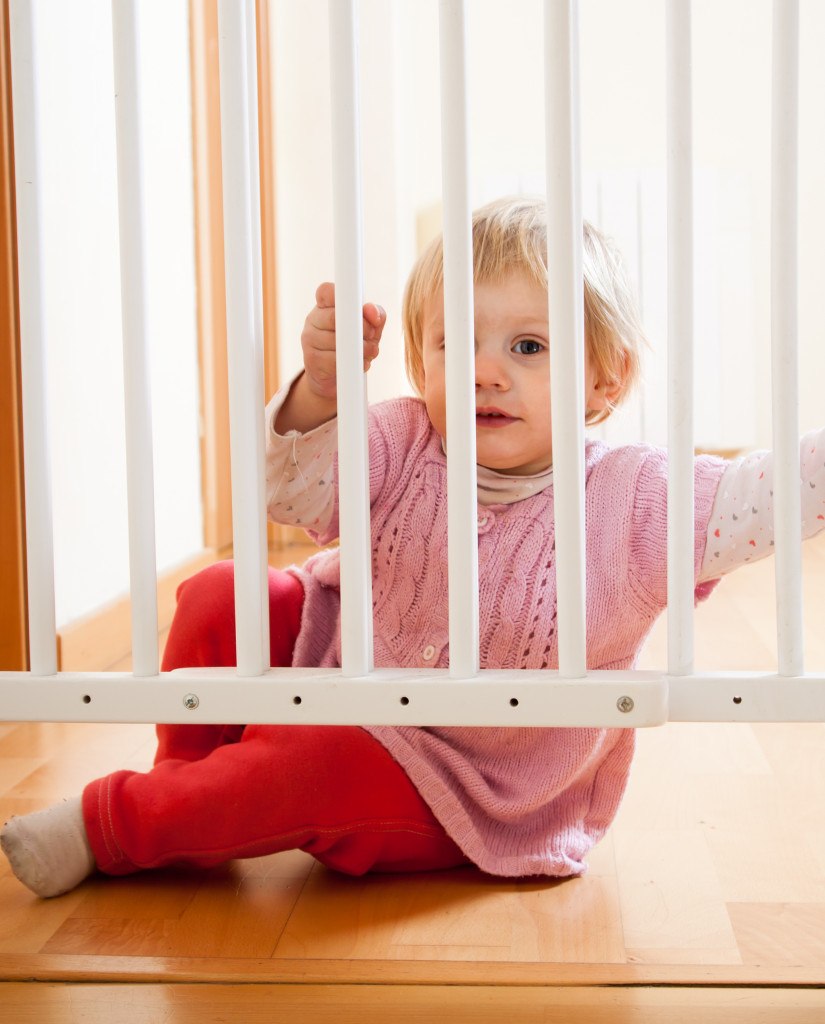Nothing turns your world upside-down like a baby. You will have this little new family member who’ll take up much of your time and headspace. Your sleeping patterns will be disrupted, your meal times will look different, and even your professional life may need some adjustments.
The new baby will also change your living space. As a new parent or guardian, you’ll notice things that you’ve overlooked before. Suddenly, every sharp corner looks dangerous, and everything can cause a slipping hazard.
So if you’re welcoming a baby in your life, or even if you’ll be looking after a child for a few days, here are things you can do to baby-proof different parts of your house.
Places that Need Fixing
The first order of business is to fix everything that needs to be fixed. Leaks can cause pools of water, which may be a slipping hazard not only for a baby learning to walk but also for an adult carrying a baby.
Keep everything that may be easily broken, like ceramic vases or glass decors, out of a child’s reach. The same goes for household chemicals.
Garden and Outdoors
Your landscapers have done a great job in beautifying your lawns, but aesthetics will have to take a step back. When you have a baby around, safety is the priority.
- Baby-proof waterscapes. If your garden has waterscapes, like ponds, pools, and waterfalls, fence them off with child-proof gates. Even if they’re shallow and unlikely to drown anyone, waterscapes can still pose a threat to young children. Moreover, stagnant water can be a breeding ground for mosquitoes.
- Choose child-friendly plants. Prickly plants are not the best choice for homes with children. Additionally, don’t buy plants that may bear inedible berries. Toddlers might think they’re safe to eat. If your garden already has these kinds of plants, then it’s best to fence them off for now.
- Keep the place secure. Be extra cautious in storing garden chemicals and tools. You may invest in baby gate locks and latches. Fix broken fence panels, too.
Kitchen
As the busiest part of the house, the kitchen needs robust baby-proofing.
- Keep utensils out of reach. It’s convenient to have knives and forks within reach, but these are a safety hazard when you have a toddler around.
- Secure lower cabinets. Lower cabinets that contain dishwasher detergents, furniture polish, and other chemicals should be locked.
- Lock the dishwasher and other appliances. Like cabinets, it’s best if the dishwasher and fridge have childlocks.
- Cover the stove knobs. Stove knob covers make sure that curious hands won’t cause any fire risks.
Living Room

To make the living room safer:
- Change the décor, for now. If you have a collection of scented candles, you may have to keep them out of view, for now. Even if a toddler has yet to develop fine motor skills, it’s possible for them to light a candle. Some may even ingest the sweet-smelling ones. There are, after all, delicious, food-scented candles.
- Install cordless blinds. It may be improbable, but the cords on blinds are considered a strangling hazard.
- Place photo frames out of their reach. Playing toddlers may accidentally knock a glass frame, and the shards might hurt them. It’s also difficult to clean shattered glass when there’s a baby running around.
- Place corner guards on sharp edges. If your tables and shelves have sharp edges, place stick-on corner guards.
- Secure outlets. It’s easy for babies to put their fingers or metal items into an outlet. Buy child-proof outlet coverings and power strip covers.
Bedrooms
To make the nursery even more of a haven:
- Install a thick carpet or rug to act as a cushion in case a baby falls
- Choose a safe toy box, ideally one with a lock and a light lid
- Place furniture and shelves with round corners
- Install child-proof outlet coverings and power strip covers
Bathrooms
Babies and toddlers don’t see items the way adults do. Laundry pods, hand sanitizers, and pretty soaps may be attractive to them, but they can be dangerous if ingested. To make your bathrooms safe:
- Place floor grip mats and anti-slip strips
- Set the water heater to a temperature comfortable for children
- Cover the tub faucet to protect the baby from bruises
- Install devices the stop doors from slamming shut
- Lock away pills and medications
- Lock away laundry pods and other chemicals
- Keep cosmetics, shampoos, and soaps off the sink and tub ledges
Babies grow up fast. Before you know it, they’ll be crawling and wreaking havoc around the house. So before they turn into little bundles of uncontrollable energy, make sure your house is ready.

